|
|
Post by Bonobo on Apr 10, 2016 23:40:52 GMT 1
I mean historical Halls located in Old Cities/Towns. All of them are a few hundred years old. Old means Middle Ages, Reneissance, Baroque, 18-19 century. Let`s start with small places Chełmno 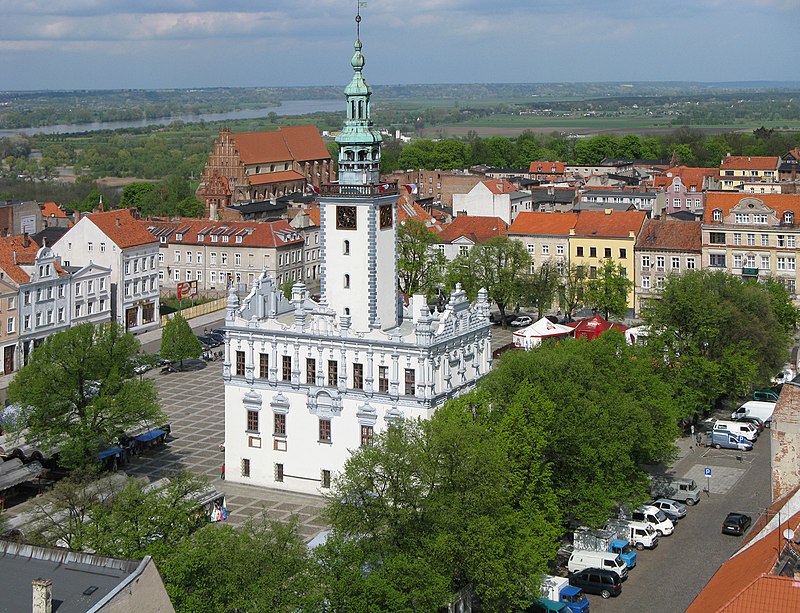 insert code here |
|
|
|
Post by Bonobo on May 8, 2016 21:31:13 GMT 1
Tarnów  |
|
|
|
Post by Bonobo on Oct 27, 2016 22:05:48 GMT 1
Szydłowiec  Sandomierz 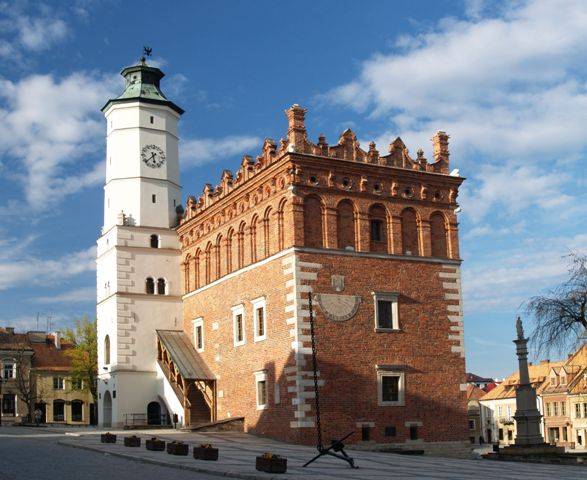 Otmuchów  Kalisz 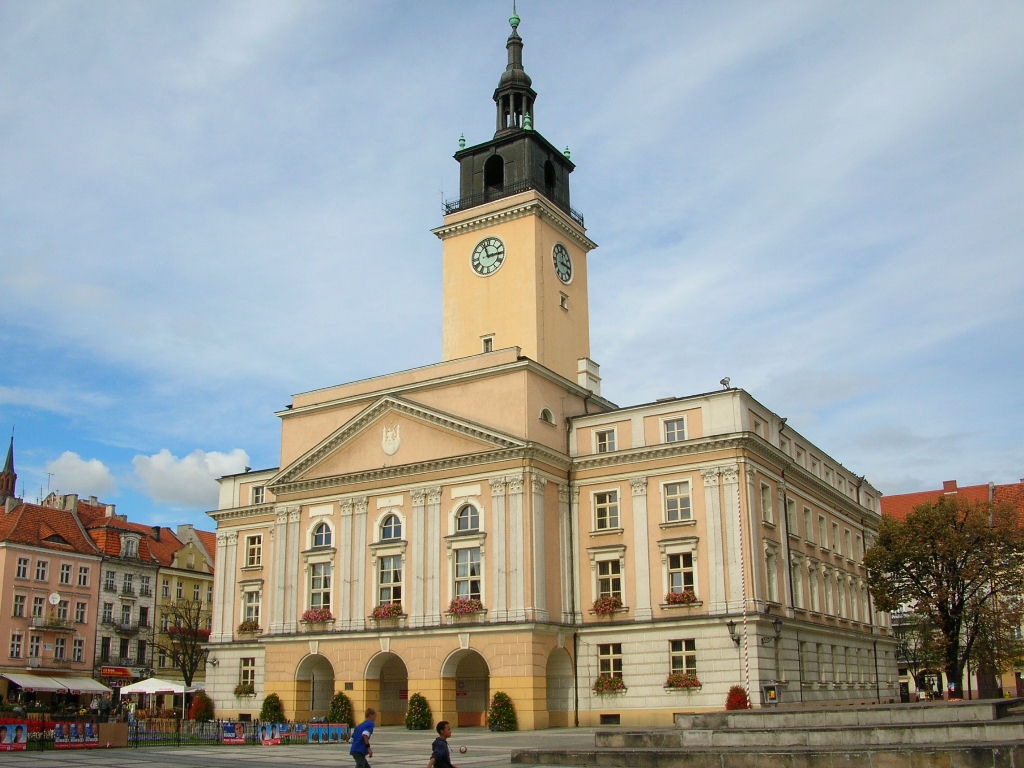 Ziębice  Trzebiatów  Białystok  Grodków  Szczecin 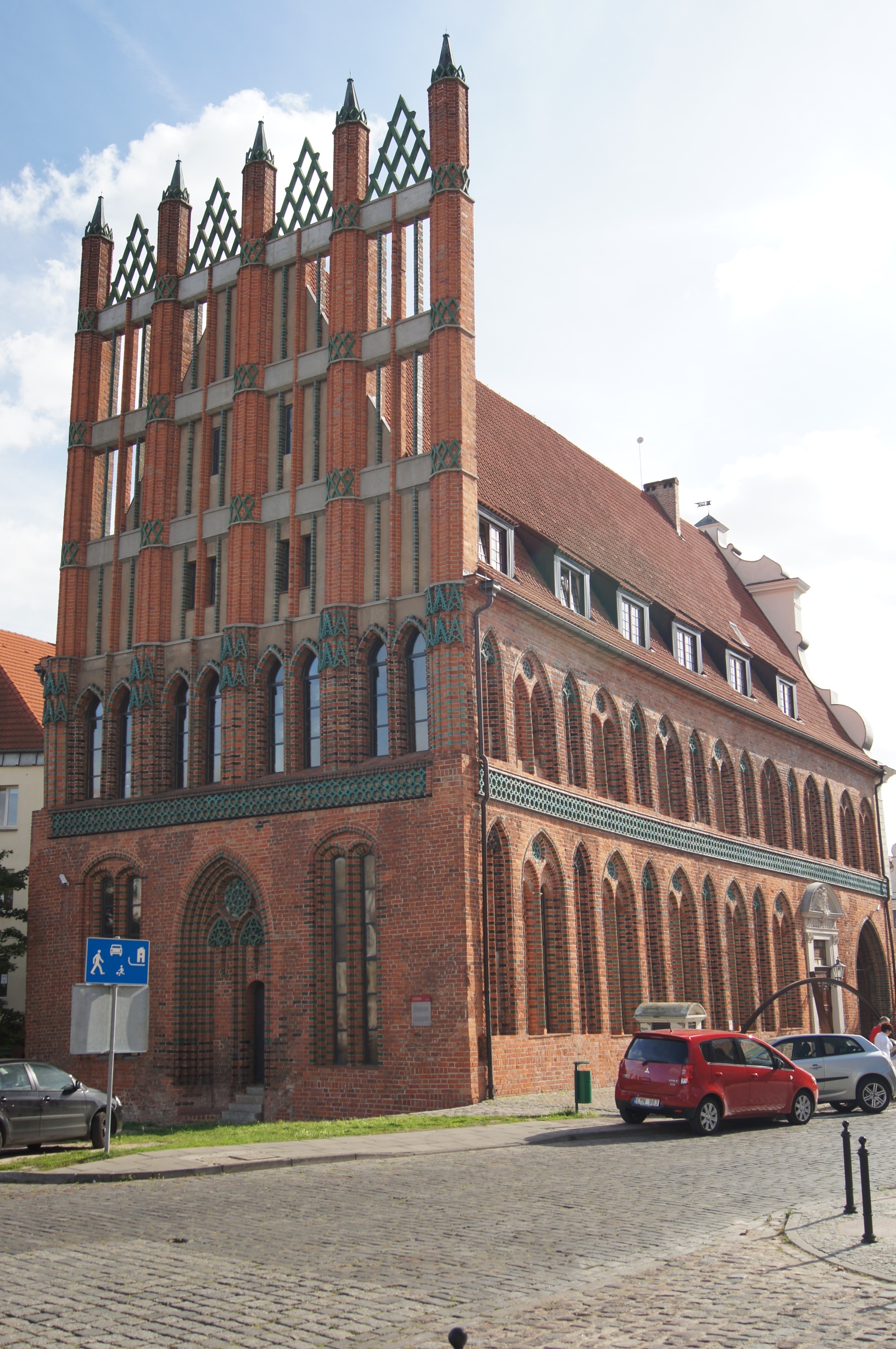 Częstochowa  Lubsko  Cieszyn  |
|
|
|
Post by Bonobo on Dec 25, 2016 18:06:27 GMT 1
The oldest wooden townhall in Poland in Sulmierzyce from 18th cent.  |
|
|
|
Post by jeanne on Dec 26, 2016 23:11:32 GMT 1
The oldest wooden townhall in Poland in Sulmierzyce from 18th cent. Is it still in use as a town hall? |
|
|
|
Post by Bonobo on Dec 27, 2016 10:05:36 GMT 1
The oldest wooden townhall in Poland in Sulmierzyce from 18th cent. Is it still in use as a town hall? I can`t see any red plaques next to the front door, so no.  It is a museum, adult admission costs 1$.  |
|
|
|
Post by jeanne on Dec 29, 2016 2:41:03 GMT 1
Is it still in use as a town hall? I can`t see any red plaques next to the front door, so no. It is a museum, adult admission costs 1$.  Well, I'm glad that at least it has been preserved, and history has been respected! |
|
|
|
Post by Bonobo on Jan 8, 2017 13:38:43 GMT 1
I can`t see any red plaques next to the front door, so no. It is a museum, adult admission costs 1$.  Well, I'm glad that at least it has been preserved, and history has been respected! Sometimes history is respected too much here.  |
|
|
|
Post by Bonobo on Jan 8, 2017 17:34:51 GMT 1
Głubczyce 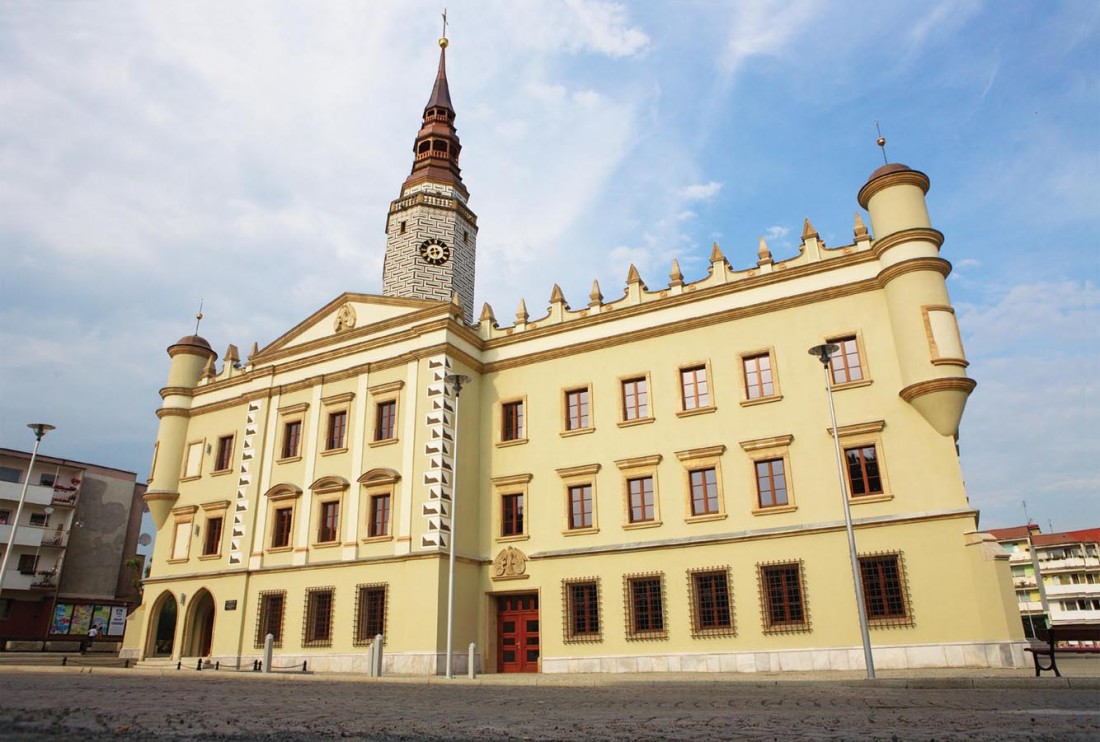 Jarosław  Lądek Zdrój  Konin  Koło 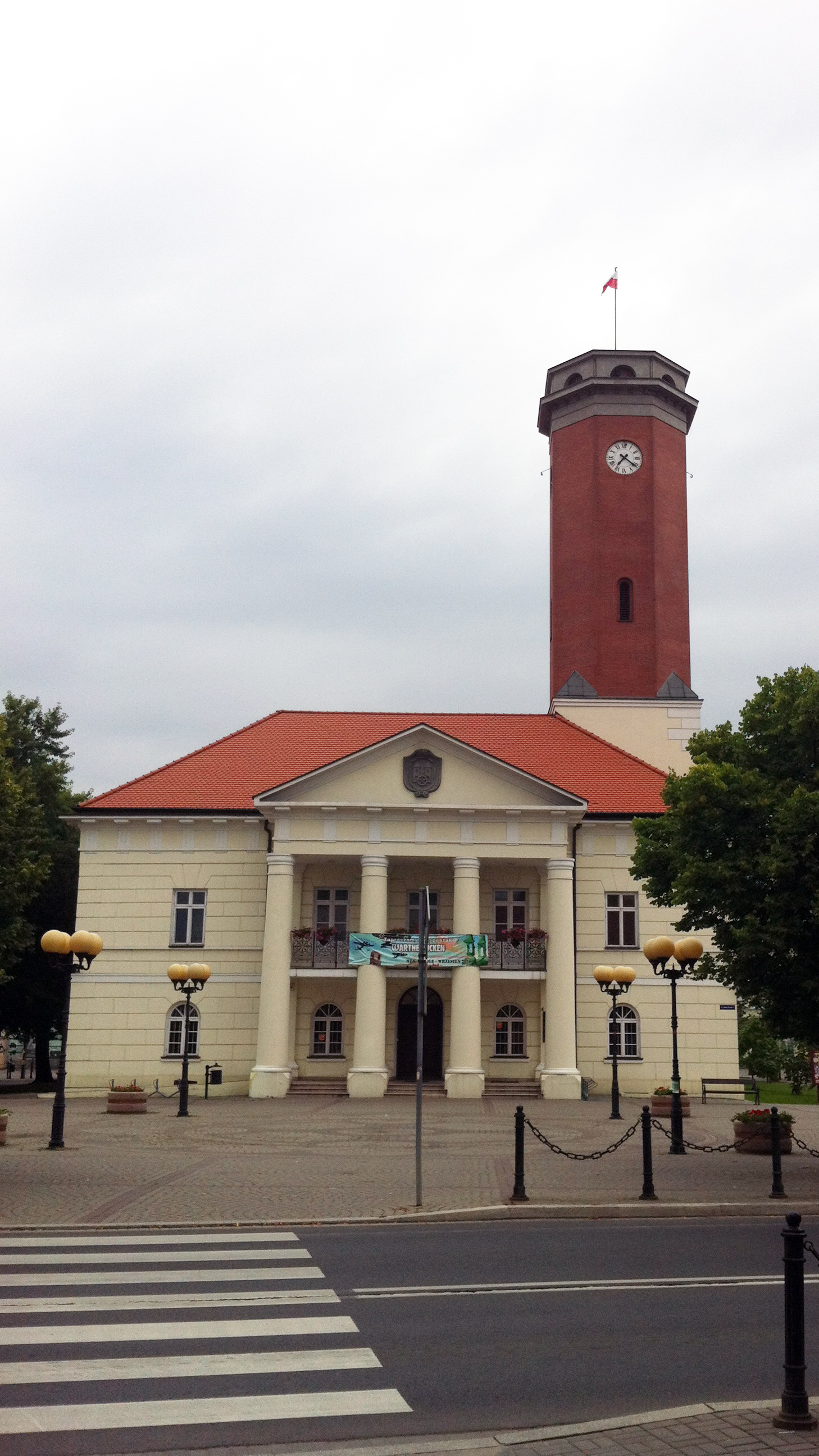 Ostrów Wielkopolski  Grodzisk  Kościan  |
|
|
|
Post by jeanne on Jan 8, 2017 23:57:35 GMT 1
These buildings are elegant and are what I, in what may be my ignorance, think of as true Polish architecture!
|
|
|
|
Post by Bonobo on Jan 13, 2017 0:12:05 GMT 1
These buildings are elegant and are what I, in what may be my ignorance, think of as true Polish architecture! Hmm..   I hate to disappoint you once again but the architecture in Poland has been influenced by so many styles from Europe and Middle East that it is hard to say it is purely Polish. Firstly, Polish cities were built according to German Magdeburg law, so I suppose those Polish townhalls repeat the pattern inherited from Ratthauses in medieval Germany. See the thread What do Poles owe to Germans.    |
|
|
|
Post by jeanne on Jan 13, 2017 20:15:21 GMT 1
These buildings are elegant and are what I, in what may be my ignorance, think of as true Polish architecture! Hmm..   I hate to disappoint you once again but the architecture in Poland has been influenced by so many styles from Europe and Middle East that it is hard to say it is purely Polish. Firstly, Polish cities were built according to German Magdeburg law, so I suppose those Polish townhalls repeat the pattern inherited from Ratthauses in medieval Germany. See the thread What do Poles owe to Germans.    Please note in my above post, "...in my ignorance..." Perhaps the "eclectic" style is the most Polish style! |
|
|
|
Post by Bonobo on Jan 13, 2017 23:42:56 GMT 1
Please note in my above post, "...in my ignorance..." Perhaps the "eclectic" style is the most Polish style! Let`s look again 
Town hall
Sandomierz
town hall
3. ćw. XIV w.
The town hall in Sandomierz is an example of the a municipal government seat typical of towns under Magdeburg Law of the Małopolska and Silesia regions. The tower character of the oldest Gothic town hall in Sandomierz is similar to other project existing in smaller cities, mushrooming in medieval Poland. Similarly characteristic is the application of the attic, the most characteristic element of the transformation of the building in the 16th century.
History
Traditionally, the construction of the town hall - as a wooden building - is dated to the end of the 13th century when the town received Magdeburg Law in 1286. After the Lithuanian invasion in 1349, a new town layout was designed and the town hall was rebuilt as a stone structure. Most likely, it was a building on a square plan, which now forms the southern part of the existing edifice. The late Middle Ages period is marked by the prosperity and the increasing importance of the bourgeoisie. The town hall was extended in the 15th century and in 1511 altered in the spirit of the Renaissance, as seen in its rich attic. After the fire in 1623 the tower collapsed but was rebuilt in the following years. The town hall was affected again during the Polish-Swedish wars, again in the aftermath of a great fire caused by an explosion in the Sandomierz castle. The heavily destroyed town was able to reconstruct its town hall only during the reign of King Jan III Sobieski. In another fire in 1757, the roofs and upper floor chambers were destroyed as well as the adjacent stalls. The building was restored fairly quickly, however, in 1759 King Augustus III banned the construction of merchant stalls and butchery shops in the vicinity of the town hall. Over the next decades, the condition of the town hall rapidly deteriorated. At some point, it was so poor that, as part of the urban regulation plan, there was a proposal to demolish it. Fortunately, the town authorities managed to save the building. Yet, the comprehensive reconstruction did not take place until 1873 and 1905 saw thorough renovation of the façades, uncovering the brick of the walls from under the heavily damaged plaster. In the 1970s during the city rehabilitation and after comprehensive studies, the restoration and adaptation works were carried out. The ground floor was transformed as exhibition space and the upper was adapted as a convention space for the municipal authorities.
Description
The town hall is located in the heart of the market square, on a gentle slope leaning towards the south-east corner of the area. The building is dominated by the tower, quadrangular up to the the attic, further octagonal and topped with a cupola. The second floor of the tower is available through a wooden sheltered staircase touching the hall’s wall. Under the stairs, there is the entrance to the basement. The façades are topped by an attic of a triple-layer system. The bottom and highest one is divided by blind arcades; the upper one is decorated with voluted corbels alternated with circular vents, and the most ornamental highest parts of the attic are composed of alternating higher and lower pedestals linked by volutes. In the corners of the lower layer, there are four heads, supposedly symbolizing the four estates: the cloak, knighthood, bourgeoisie and peasantry, and a prominent cornice bears the half-figures of animals, probably lions. The basement chambers, the oldest of which is the south one, now accommodate a club and a café. The ground floor of the hall in the middle can be accessed through the vestibule located in the tower. It is used for as exhibition space. The upper floor mirrors the layout of the ground floor with the hall occupying the entire width of the central part of the area.
The site is accessible from outside. The basement and ground floor open at specific times.zabytek.pl/en/obiekty/ratusz-1911 |
|
|
|
Post by Bonobo on Apr 30, 2017 0:09:09 GMT 1
Big places now. Gdańsk 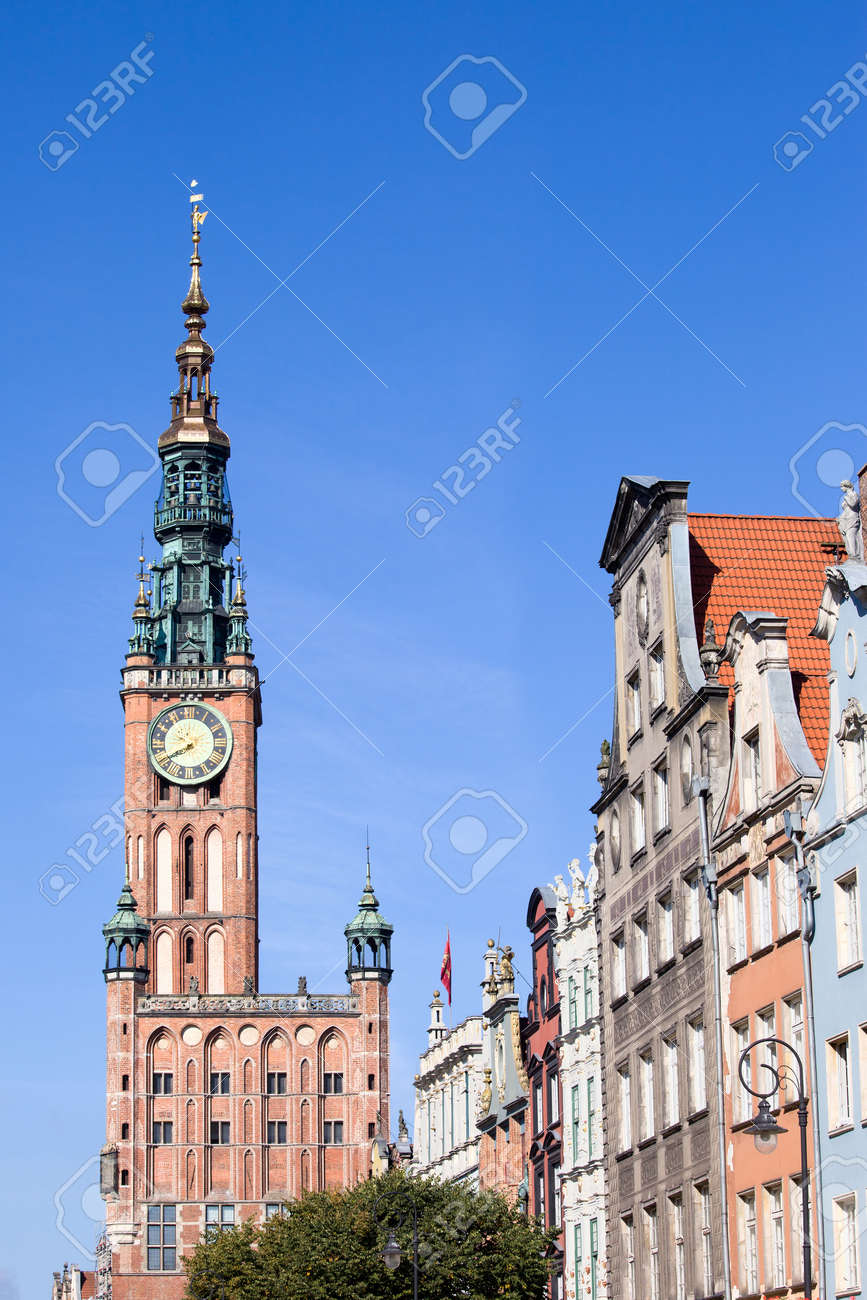 Poznań  Wrocław  Kraków 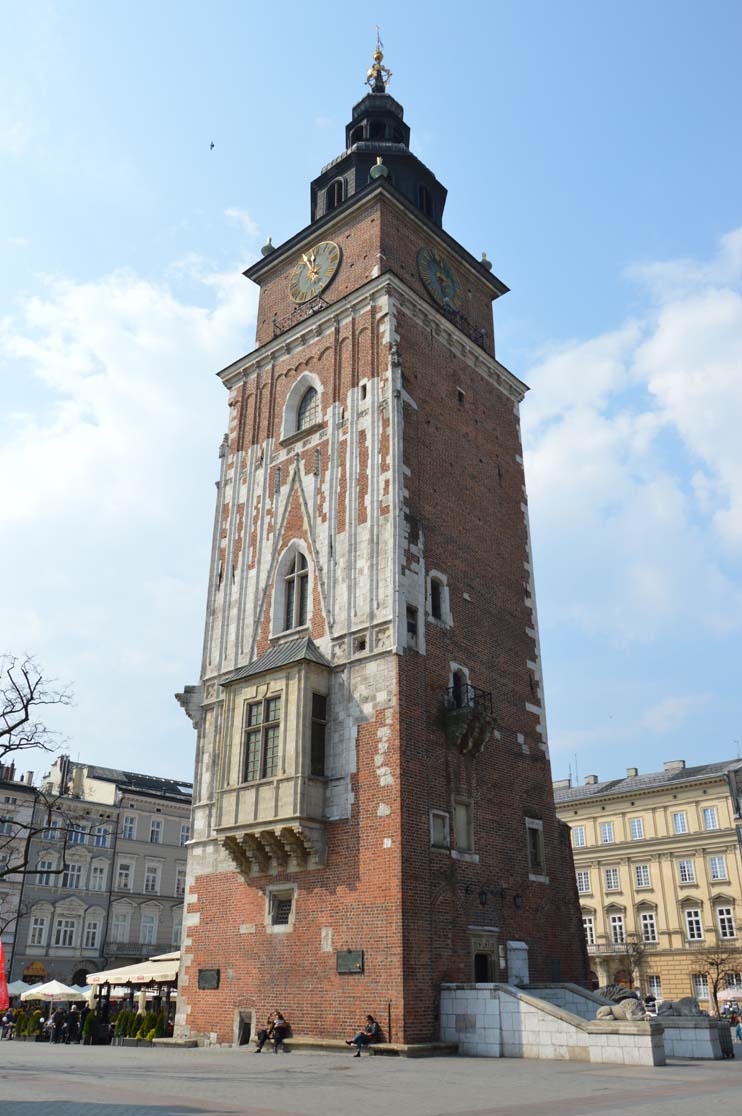 Szczecin  Lublin  Płock  Rzeszów  Toruń 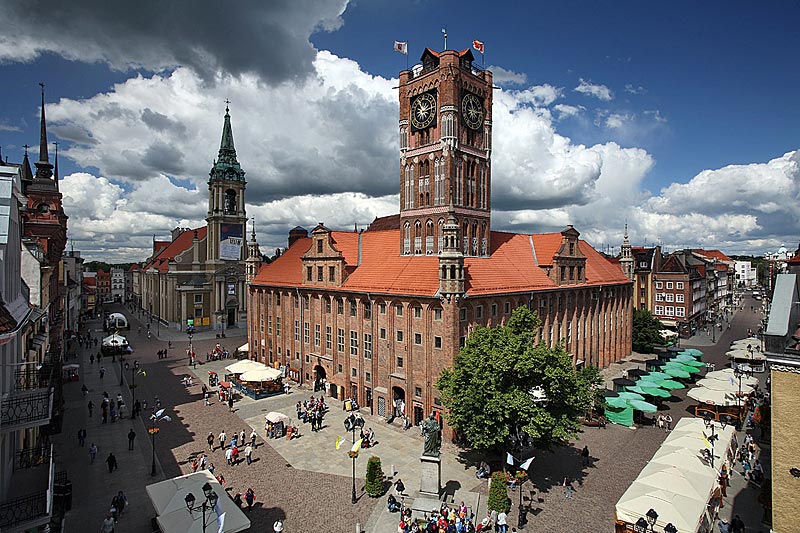 Finally, Warsaw  |
|
|
|
Post by Bonobo on Jun 15, 2017 19:26:46 GMT 1
|
|
|
|
Post by Bonobo on Feb 8, 2020 10:08:29 GMT 1
Gliwice  Słupsk  Dzierżoniów  Szprotawa   Łódź  Radom  Międzyrzecz 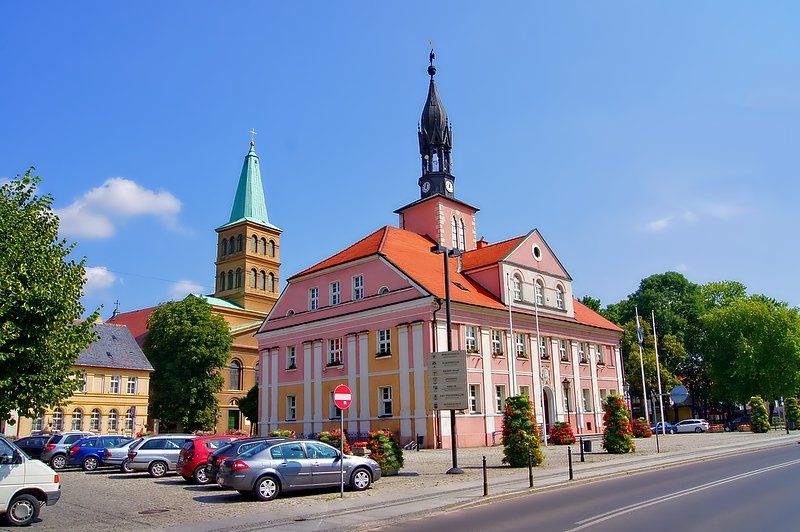 Malbork, ex- town hall  Nowy Sącz 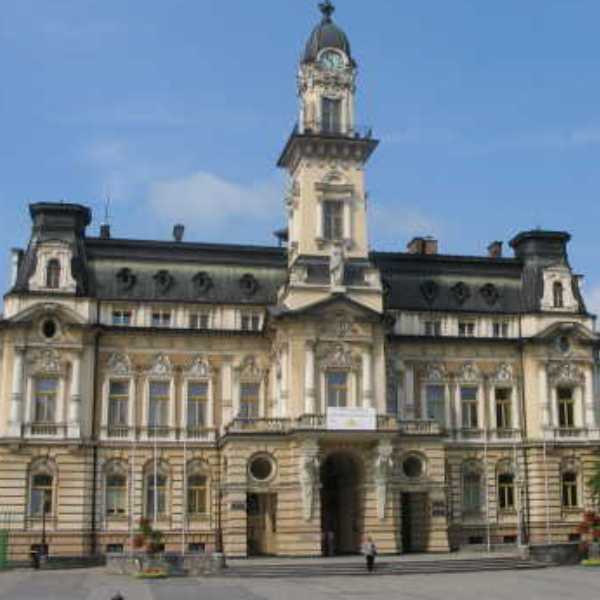 Grudziądz 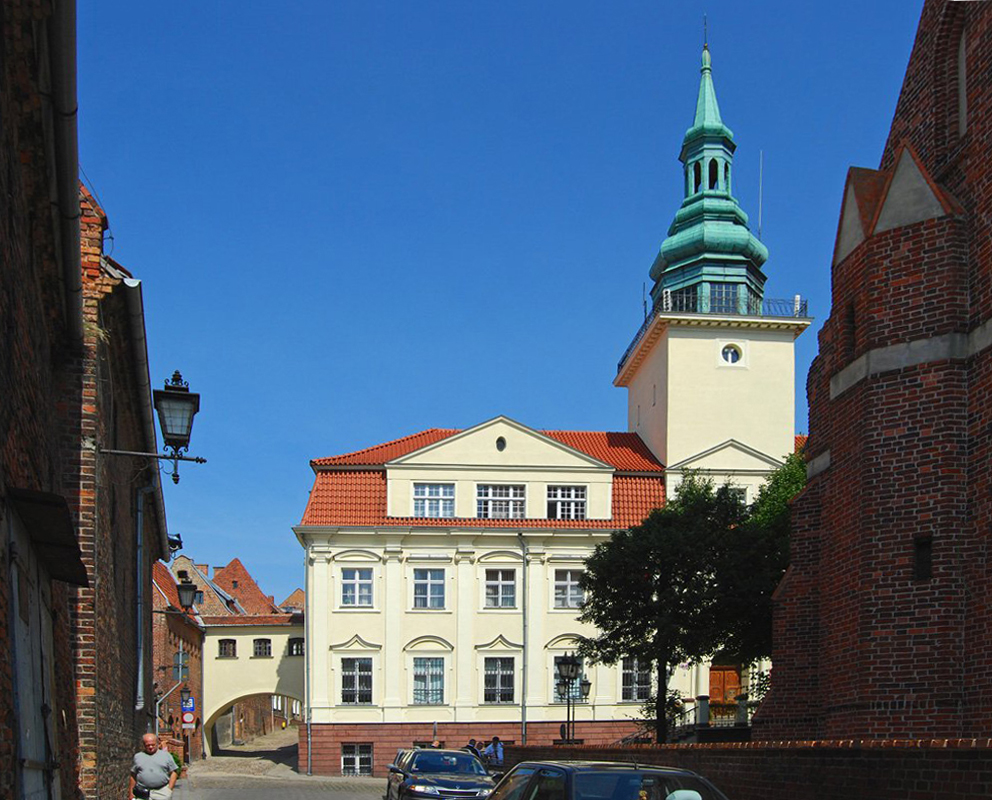 Dębica  Bydgoszcz  They can`t decide which colour to choose in Kalisz   |
|
|
|
Post by Bonobo on Feb 8, 2020 10:35:45 GMT 1
Well, I'm glad that at least it has been preserved, and history has been respected! A "townhall" is being built in Muszyna, designed according to the old Galician style, they want to use it as a museum. 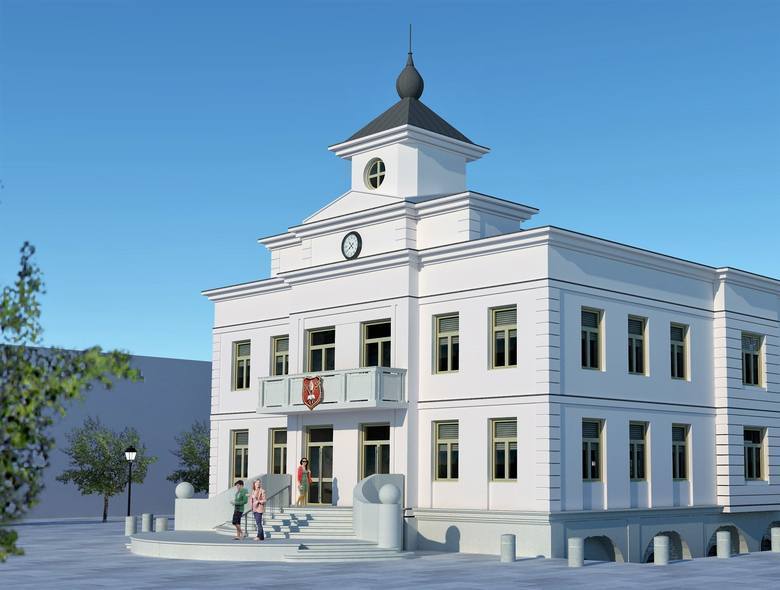  |
|
|
|
Post by naukowiec on Feb 8, 2020 23:19:50 GMT 1
A "townhall" is being built in Muszyna, I'm afraid I don't like it, it looks too 'new' to me. Especially when compared to some of the other beautiful town halls in this thread. |
|
|
|
Post by Bonobo on Feb 9, 2020 17:11:14 GMT 1
A "townhall" is being built in Muszyna, I'm afraid I don't like it, it looks too 'new' to me. Especially when compared to some of the other beautiful town halls in this thread. Well, yes, it doesn`t wear too many ornaments. But that was Galician style - they never had enough money, that was the poorest region in partitioned Poland and later on. |
|
|
|
Post by naukowiec on Feb 12, 2020 19:53:24 GMT 1
[tr][td class="content"][article] But that was Galician style - they never had enough money, that was the poorest region in partitioned Poland and later on. I guess I gravitate toward the more ornate styles. It doesn't look bad, just doesn't appeal to me. If it's true to the original style, that's the main thing. |
|
|
|
Post by Bonobo on Dec 31, 2020 14:13:29 GMT 1
I guess I gravitate toward the more ornate styles. It doesn't look bad, just doesn't appeal to me. If it's true to the original style, that's the main thing. It doesn`t look as beautiful as others, but still has some past atmosphere in it. That is enough. Besides, rememebr about the law which imposes conformity of new structures with the existing surroundings - you can`t build a high rise town hall towering over an area with rows of bungalows or 1 storey houses. |
|